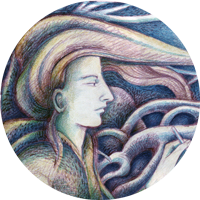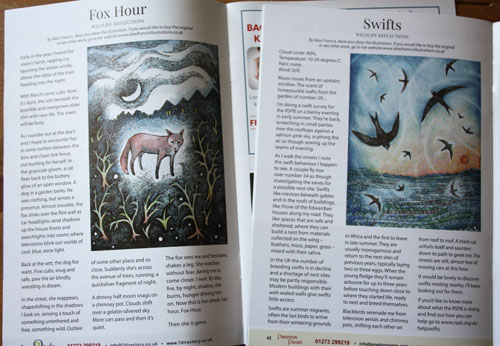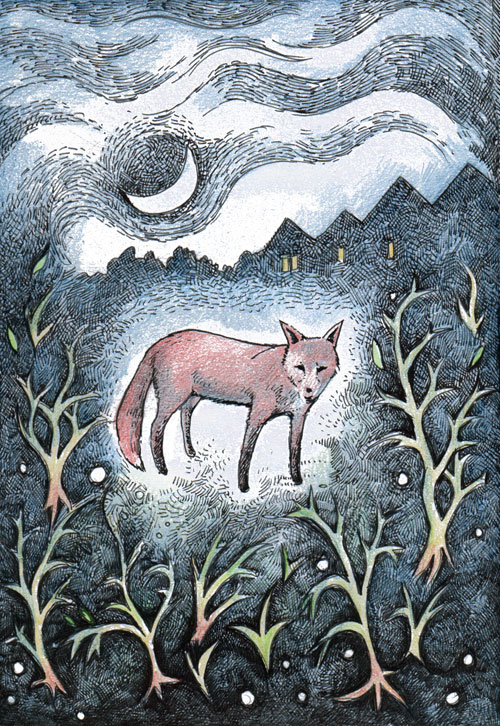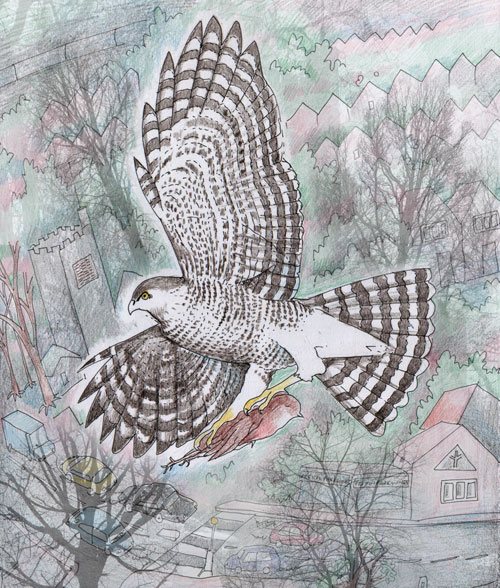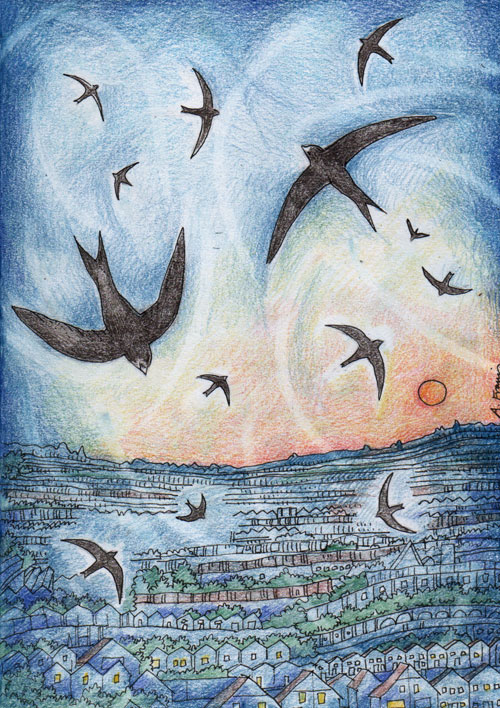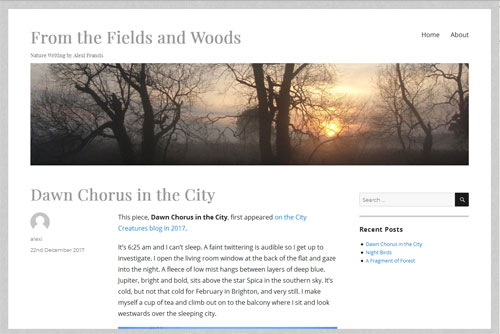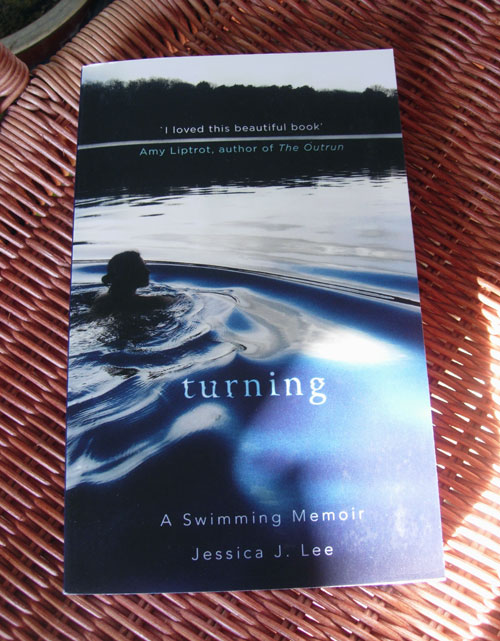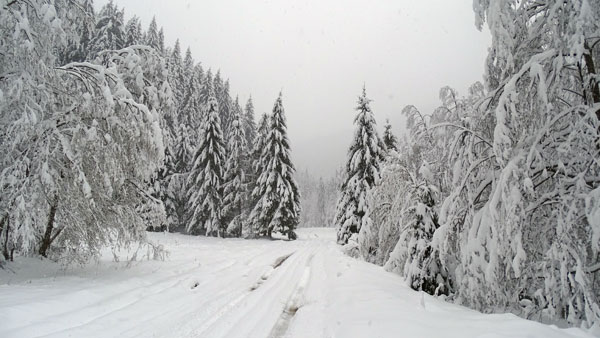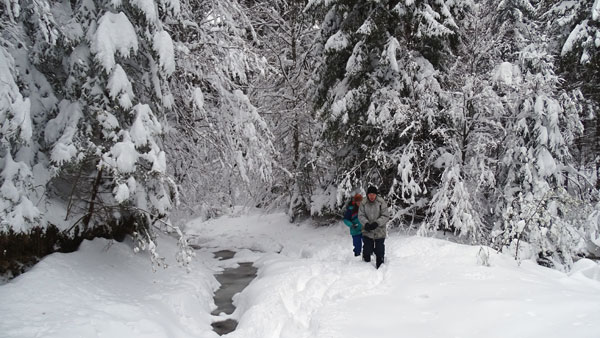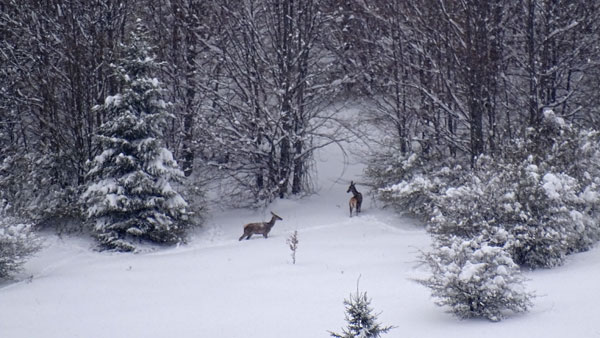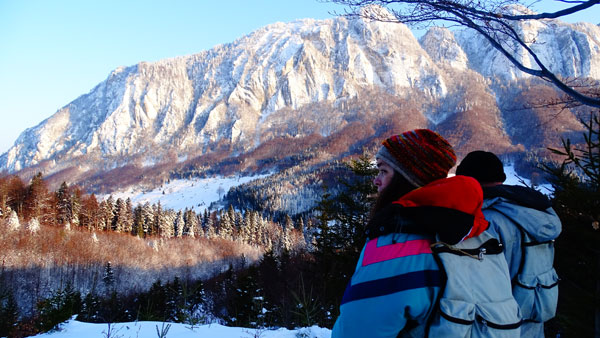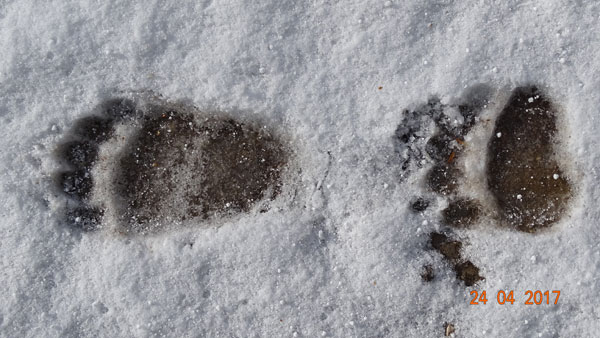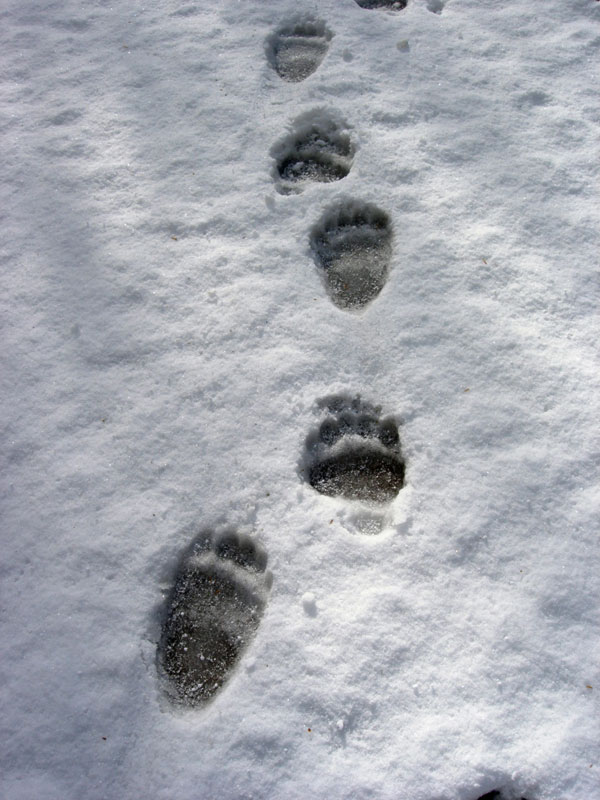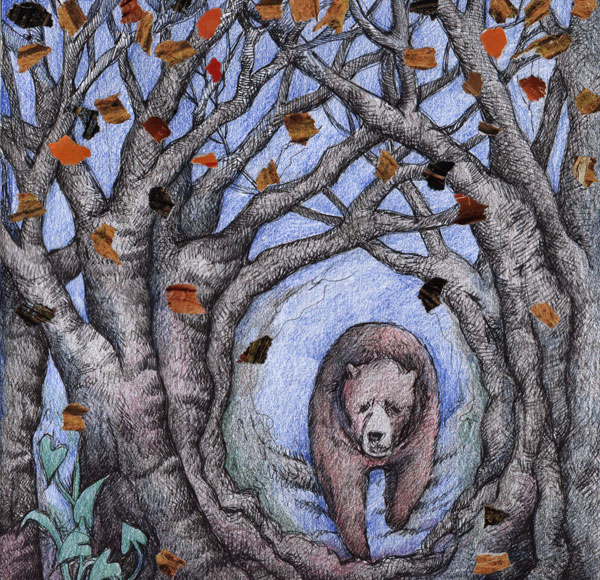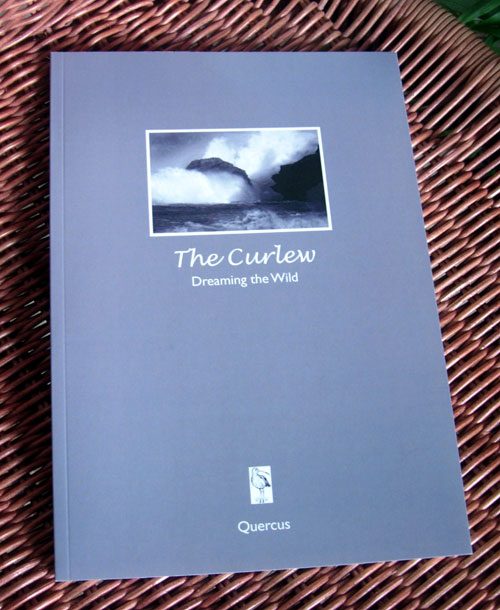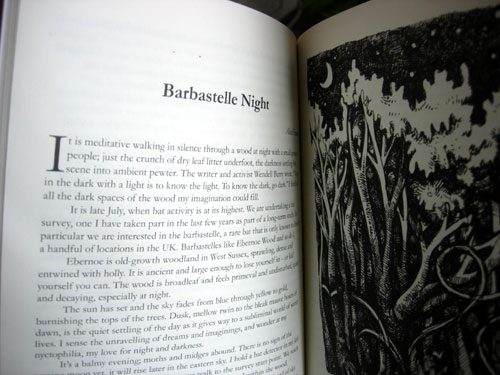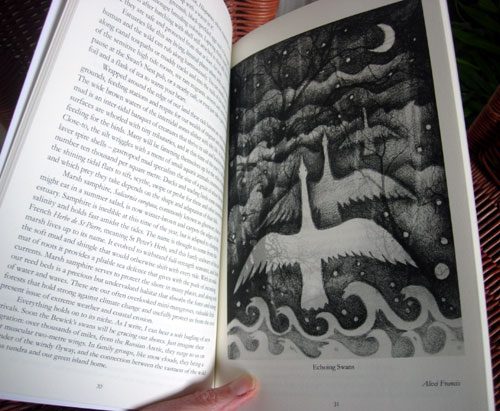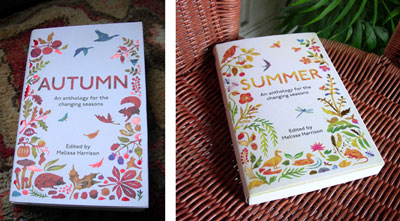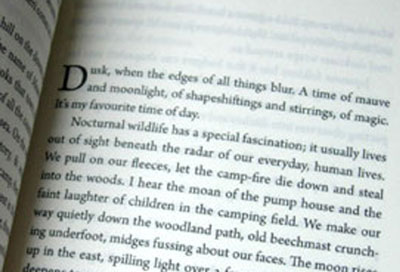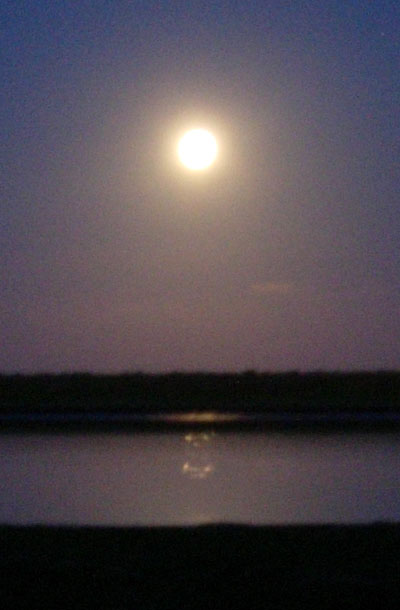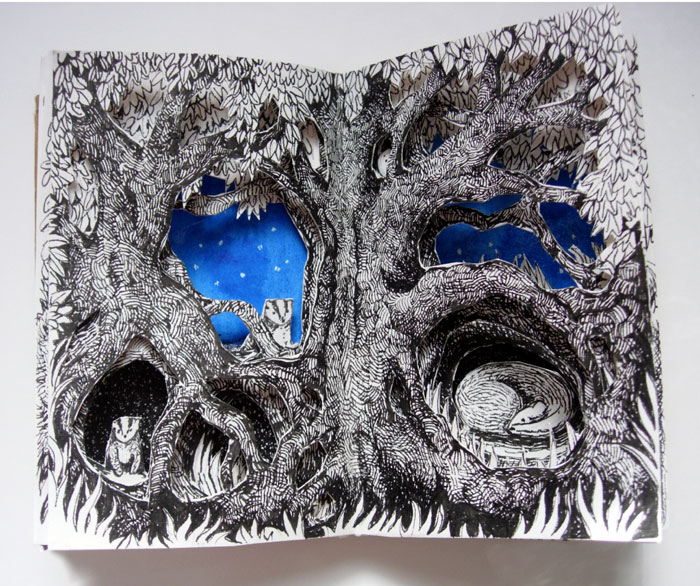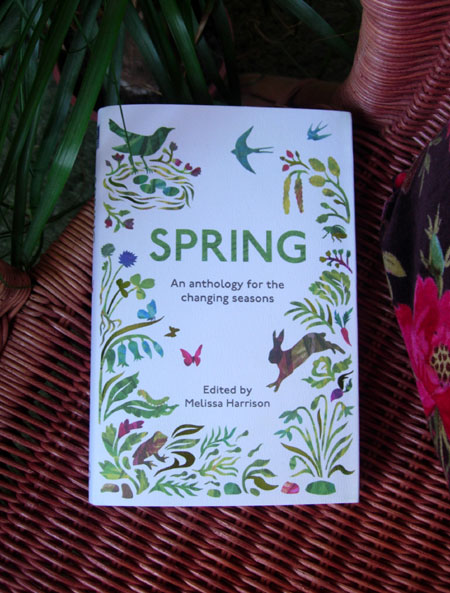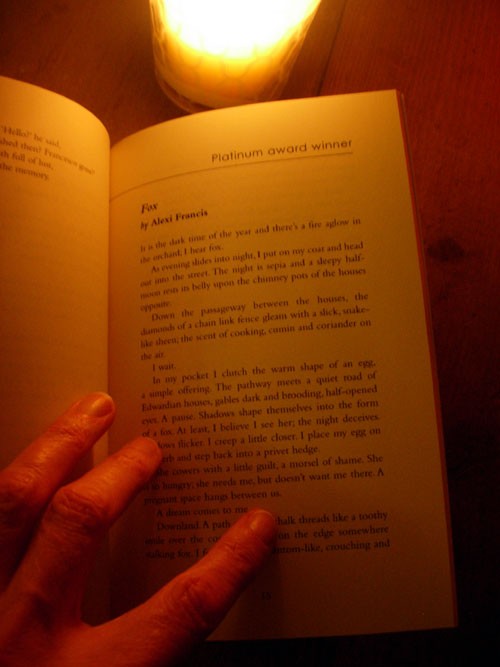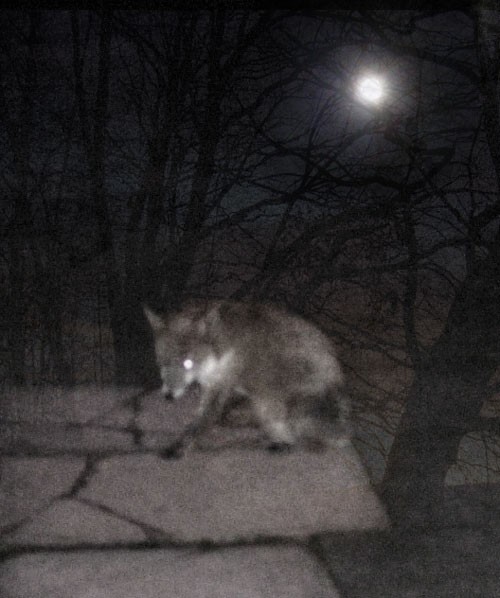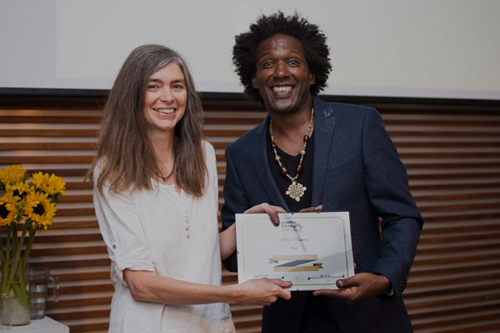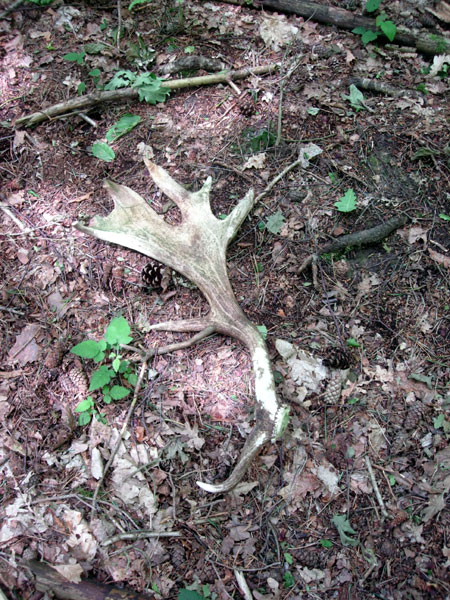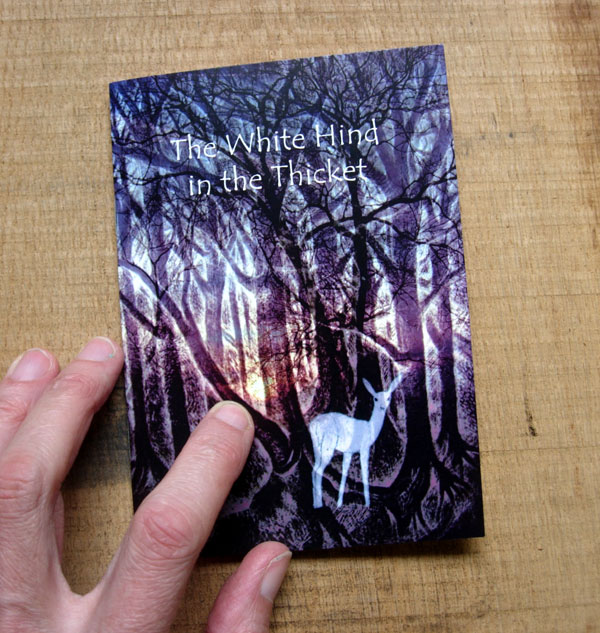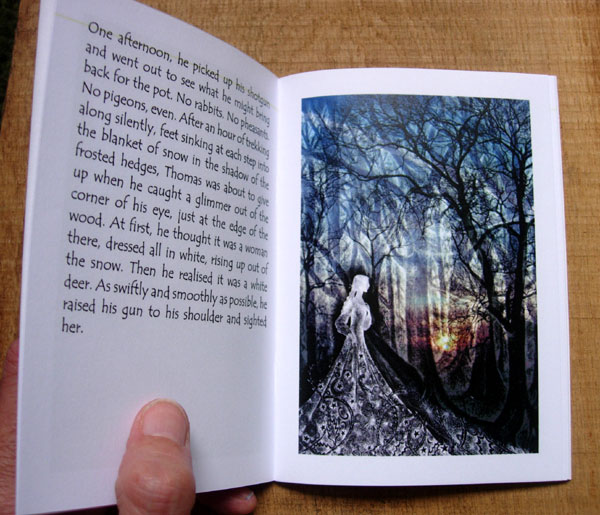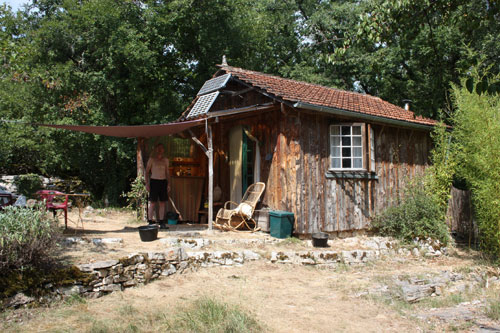
A cabin on a wooded hillside with cicadas all day long; the forest song. Heat, there the sun beats. The sun beats and the grasses are dry, bleached. A hawk tilts over, dark and long against the blue. Then a kestrel. Drowsy butterflies drift over our glade – scarce swallowtails, white admirals, dryads. There are bush crickets. capricorn beetles, dragonflies patrol at dragonfly hour – ‘horse stingers’, ‘snake doctors’. Stag beetles emerge horns upright, haphazardly in search.

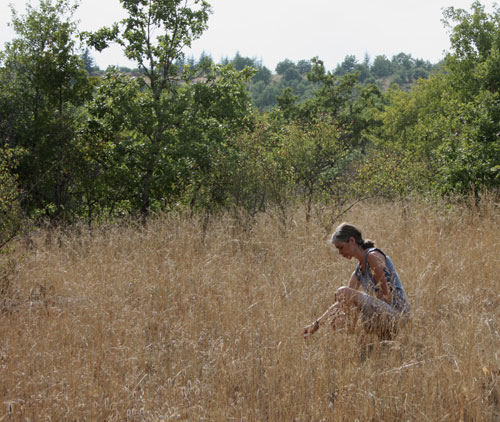
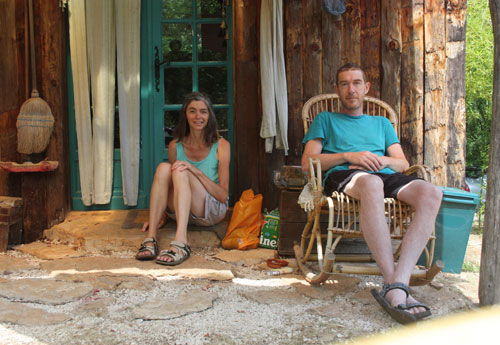
It’s the hour of the bat, or perhaps of the nightjar churring from a tall oak in the scrub. churring softly Softing churring – the purr of an engine.
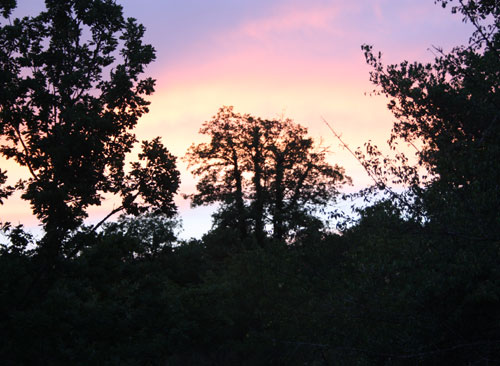
Owl hour, the tawnies are about. The moon rises, a biscuit moon, buttery, warm, almost whole. Night.
In the little cabin, off grid in southern France in July, we immersed ourselves in nature, reading, writing and visiting the local palaeolithic cave art. It was a sort of retreat. The world above – the sun, the wood, the cicadas, the deer, the badgers, the moon. The world below – roots, caverns of calcite sculpted over time by the hands of water and ice; an underworld of beautiful beasts solitary or shifting in silent herds painted thousands of years ago.
Living was simple; drinking filtered water, washing in a bucket, cooking on a ring using a gas cylinder. I had time to think, time to dream, time to watch spiders weave intricate webs;
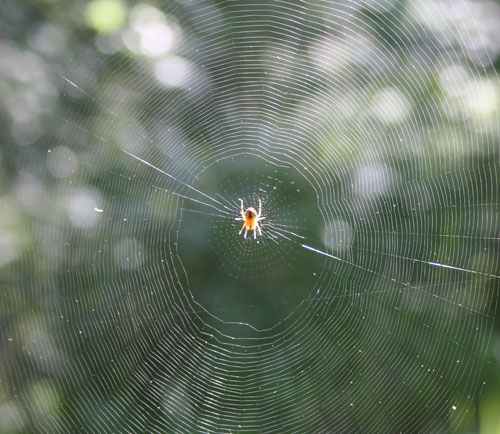
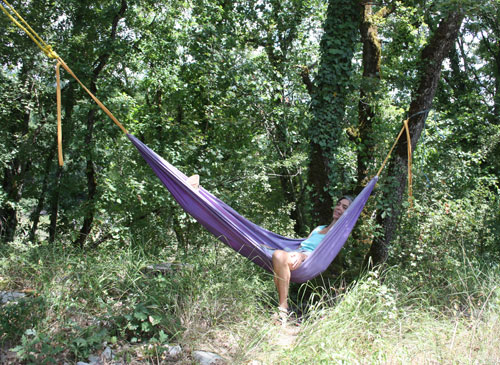
time to watch Jupiter rise in the south; time to revel in the constellations; time in the hills with the trees; time to contemplate deep time, listening to the sunlight through trees,
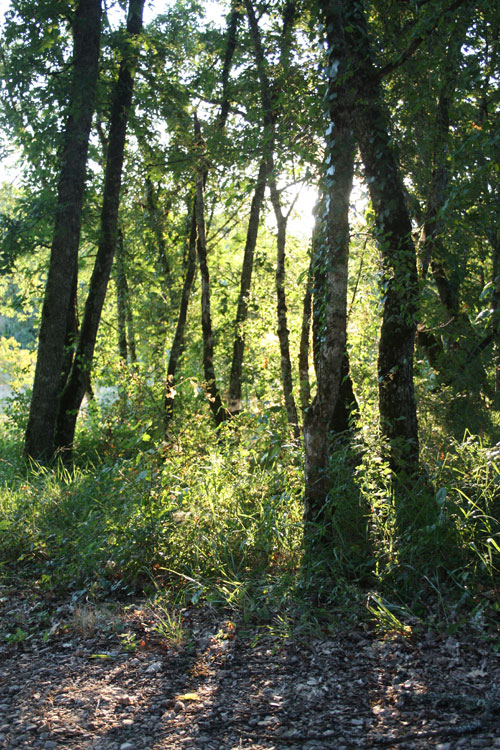
dreaming in gold and sweat. Dreaming in thunder.
We swan in the River Lot
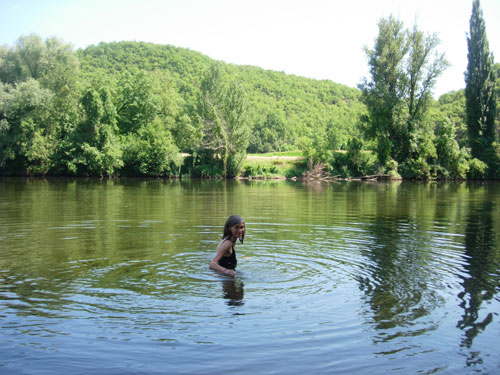
and in the River Cele with butterflies on the bank for company.
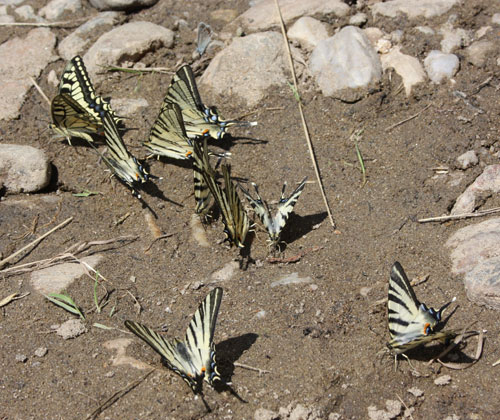
I sat out at night in a storm while the sky ripped itself into shreds of white light and warmth came up from the earth all around. And it rained thick pillars of rain. So immediate it was, in the midst of it all – wood, hillside, storm, then darkness, the moon’s shadow and the milky way.
And on our last night the moon became shy and subdued into shadow. Red and warm bloodied it pulsed like an embryo in its swathe of sooty cloud, the longest lunar eclipse of the century.

The retreat was wonderful, relaxing, a little hot. Now, with all the images and the experience inside me I want to respond somehow – painting, writing, drawing… new projects.
I have written a piece for TOAST magazine – Time in the Limestone Hills.
